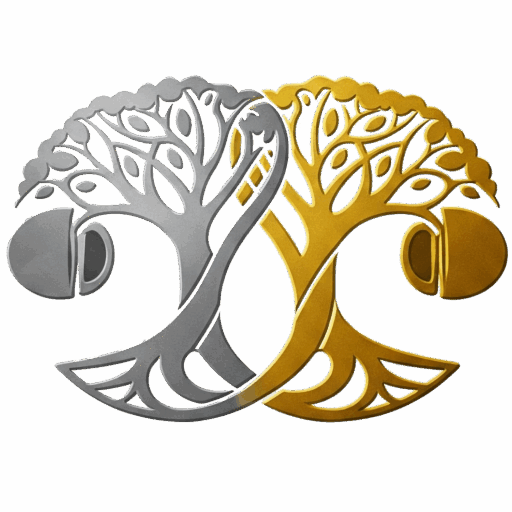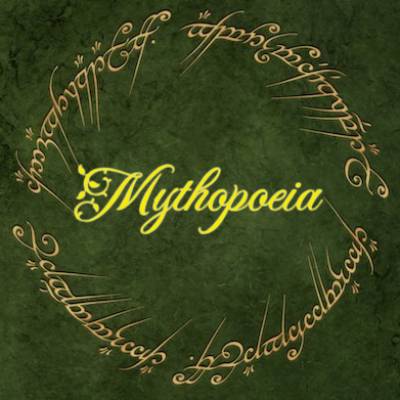
Tolkien’s Essays
 JRR Tolkien’s On Fairy-Stories and Mythopoeia are seminal texts that articulate his literary philosophy, particularly his defense of fantasy as a profound form of art. Both works center on the concept of Sub-creation—the human ability to create Secondary Worlds.
JRR Tolkien’s On Fairy-Stories and Mythopoeia are seminal texts that articulate his literary philosophy, particularly his defense of fantasy as a profound form of art. Both works center on the concept of Sub-creation—the human ability to create Secondary Worlds.
Tolkien delivered the essay On Fairy-stories as a lecture in 1939, using it to define and defend the genre of “fairy-stories,” which he argued were not exclusively for children. In 1947 he expanded the lecture into an essay which has been the text used ever since. He makes several key points:
- Definition: A true “fairy-story” concerns Faërie, a perilous realm of magic, not merely diminutive, winged sprites. Its greatest merit is creating an internally consistent Secondary World that compels the reader’s “Secondary Belief.”
- Functions of Fantasy: Tolkien identifies three essential qualities a good fairy-story must provide: Recovery (regaining a clear, fresh perspective on the real world), Escape (not from life, but from industrial materialism and death), and Consolation.
- Eucatastrophe: Consolation culminates in eucatastrophe—the sudden, joyous, and miraculous “turn” in the plot that is the highest function of a fairy-story. He posits that the Christian Gospel is the ultimate fairy-story, being both supreme fantasy and historical truth.
The poem Mythopoeia was written for C.S. Lewis around 1931 and is a direct, poetic defense of myth-making. The title itself means “myth-making.”
- The Argument: The poem is a conversation between “Philomythus” (myth-lover, Tolkien) and “Misomythus” (myth-hater, Lewis, who initially called myths “lies breathed through silver”). Tolkien argues that myths are not falsehoods but a reflection of a deeper reality.
- Man as Sub-creator: Man is a “little maker” because he is made in the image of God, the ultimate Creator. Therefore, the drive to create myths is an expression of the divine impulse in humanity.
- The Light: Through this act of Sub-creation, man is described as the “refracted light / through whom is splintered from a single White / to many hues,” meaning that human creativity derives from and dimly reflects the singular truth of the Creator.
Together, these works establish the intellectual foundation for Tolkien’s legendarium, arguing that fantasy literature, at its best, is not escapist fluff but a profound, even spiritual, pursuit that gives readers a glimpse of “Joy beyond the walls of the world.“
 On Fairy Stories: Commando Solo
On Fairy Stories: Commando Solo
 Independent unabridged English reading
Independent unabridged English reading
 On Fairy-Stories: James Majewski
On Fairy-Stories: James Majewski
 Catholic Culture Audiobooks produced unabridged English reading
Catholic Culture Audiobooks produced unabridged English reading
 Mythopoeia: David Walker
Mythopoeia: David Walker
 Independent unabridged English reading
Independent unabridged English reading
